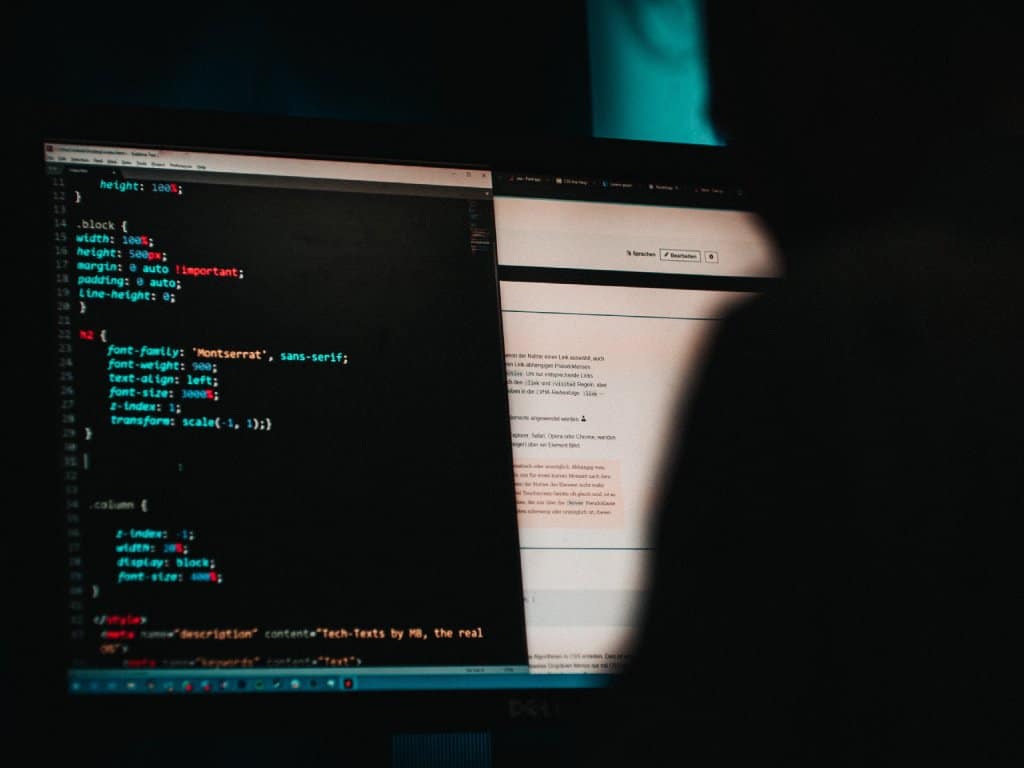As more and more businesses move to the cloud, the importance of securing your AWS infrastructure becomes increasingly clear. While AWS provides several security features that can help protect your systems, it is ultimately up to you to implement them correctly and keep your infrastructure up to date. This blog post will discuss some of the best ways to secure your AWS cloud infrastructure from attack. You can look into how your infrastructure might be exposed, as mentioned in Log4Shell vulnerabilities.
Understand the Types of Attacks on AWS
Before you can adequately secure your AWS environment, it is essential to understand the types of attacks. There are two main types of attacks on AWS:
- Infrastructure Attacks: These attacks target the underlying infrastructure of an AWS account, such as the Amazon EC2 instances or Amazon S3 buckets.
- Application Attacks: These attacks target applications that are running on AWS, such as a web application or API.
Application attacks are more common than infrastructure attacks, but both should be taken seriously.
Implement Multi-Factor Authentication

Restrict Access to Critical Resources
Use Security Groups and Network ACLs

Harden Your Systems with Security Best Practices
- Using strong passwords
- Keeping your software up to date
- Backing up your data
- Encrypting sensitive data in transit
- Encrypting sensitive data at rest
Regularly Audit Your Infrastructure for Weaknesses
Use CloudTrail to Detect Unauthorized Activity




